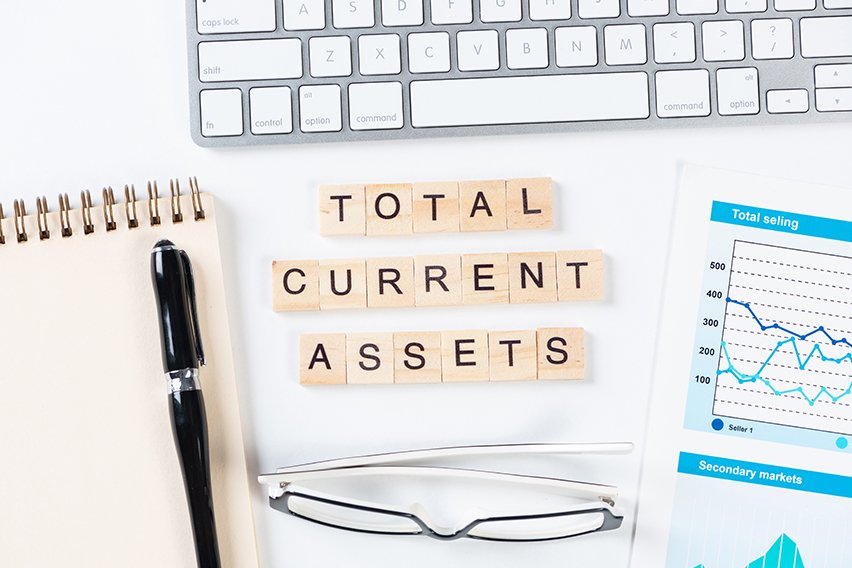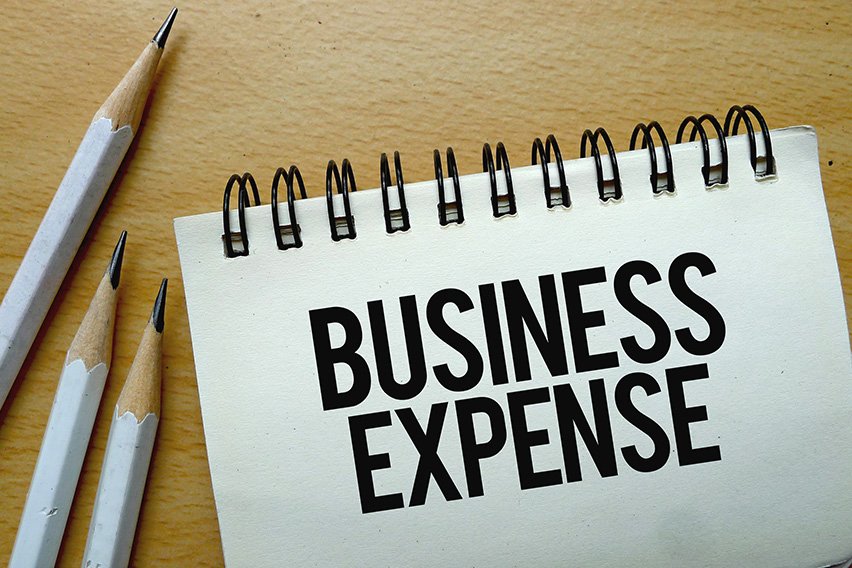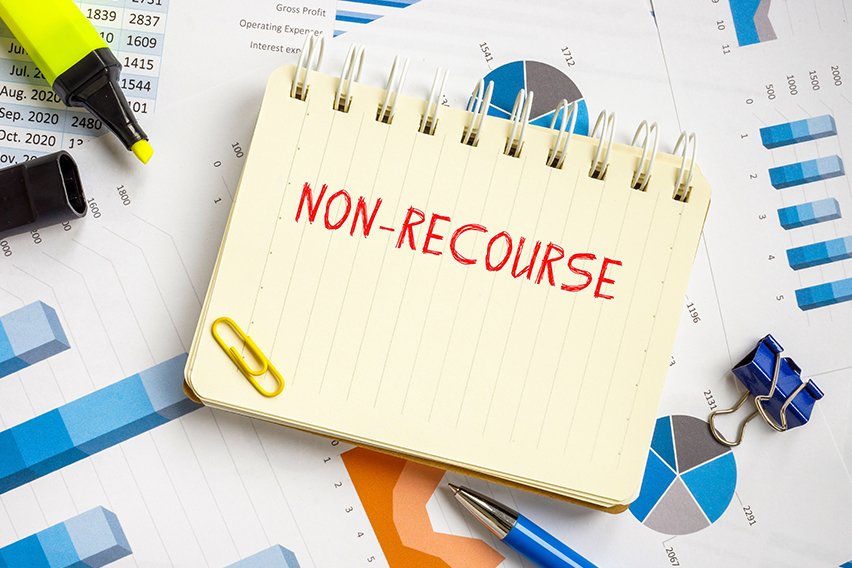What Are Investing Activities? How to Report Investment Activities on the Cash Flow Statement

Investing activities are one of the main categories of net cash activities that businesses report on the cash flow statement. Investing activities in accounting refers to the purchase and sale of long-term assets and other business investments, within a specific reporting period. A business’s reported investing activities give insights into the total investment gains and losses it experienced during a defined period. Investing activities are a crucial component of a company’s cash flow statement, which reports the cash that’s earned and spent over a certain period of time.
These topics will help you understand what investing activities are and why they’re important for financial statements:
What Is Cash Flow from Investing Activities?
What Are Examples of Investing Activities?
Why Are Investing Activities Important?

What Is Cash Flow from Investing Activities?
Cash flow from investing activities is a line item on a business’s cash flow statement, which is one of the major financial statements that companies prepare. Cash flow from investing activities is the net change in a company’s investment gains or losses during the reporting period, as well as the change resulting from any purchase or sale of fixed assets.
What Are Fixed Assets?
Fixed assets are property and equipment that a business owns and uses to help generate revenue. Fixed assets are less liquid than current assets and are not meant to be converted into cash within a year. Some examples of fixed assets include:
- Buildings and property
- Vehicles
- Machinery
- Computers
- Software
- Furniture
What Are Examples of Investing Activities?
When a business buys or sells an investment, that activity will result in either a gain or loss in the company’s cash flow. Some of the most common accounting transactions that appear in the investing activities section of the cash flow statement include:
- The Purchase of Investments: If a business purchases an investment in cash, whether it’s stocks, bonds or another type of investment, the cost of that investment will mean a decrease in the company’s cash flow from investing activities. That’s because cash is flowing out of the business to cover the purchase.
- Proceeds from the Sale of Investments: When a company sells off one of its investments for cash, the sale will result in an increase in cash flow from investing activities. Even in the case where a company loses money on an investment by selling it for less than the purchase price, the cash flow from investing will still increase.
- The Purchase of Fixed Assets: Fixed assets, including buildings, land and vehicles, are usually purchased on credit, not using cash. Because of that, the purchase of fixed assets usually shows up in the cash flow from investing activity section slowly over time. Every time the company makes a cash payment toward the credit purchase (for example, $1,000 per month over the span of a year), it will show up as a decrease on the cash flow from investing activity line item.
- Proceeds from the Sale of Fixed Assets: When a company sells a fixed asset, whether its a property, a used vehicle or a computer for parts, the proceeds of the sale are recorded as an increase in its cash flow from investing activity.

Why Are Investing Activities Important?
Investing activities are one of the most important line items reported on a business’s cash flow statement. They can give you insights into how a business might grow in future and earn more revenue.
If a company reports a negative amount of cash flow from investing activities, that’s a good clue that the business is investing in capital assets, which means in the future, you can expect their earnings to grow. That’s especially true in capital-driven industries like manufacturing, which require big investments in fixed assets to grow their businesses.
RELATED ARTICLES

 Are Supplies a Current Asset? How to Classify Office Supplies on Financial Statements
Are Supplies a Current Asset? How to Classify Office Supplies on Financial Statements What Is the Difference Between Depreciation and Amortization?
What Is the Difference Between Depreciation and Amortization? What Are Bills Payable? A Guide To Accounts Payable Entries For Small Businesses
What Are Bills Payable? A Guide To Accounts Payable Entries For Small Businesses Business Expenses: Definition with Examples
Business Expenses: Definition with Examples What Is Recourse Debt? Understanding Small Business Loan Types
What Is Recourse Debt? Understanding Small Business Loan Types What Is Actual Cost?
What Is Actual Cost?